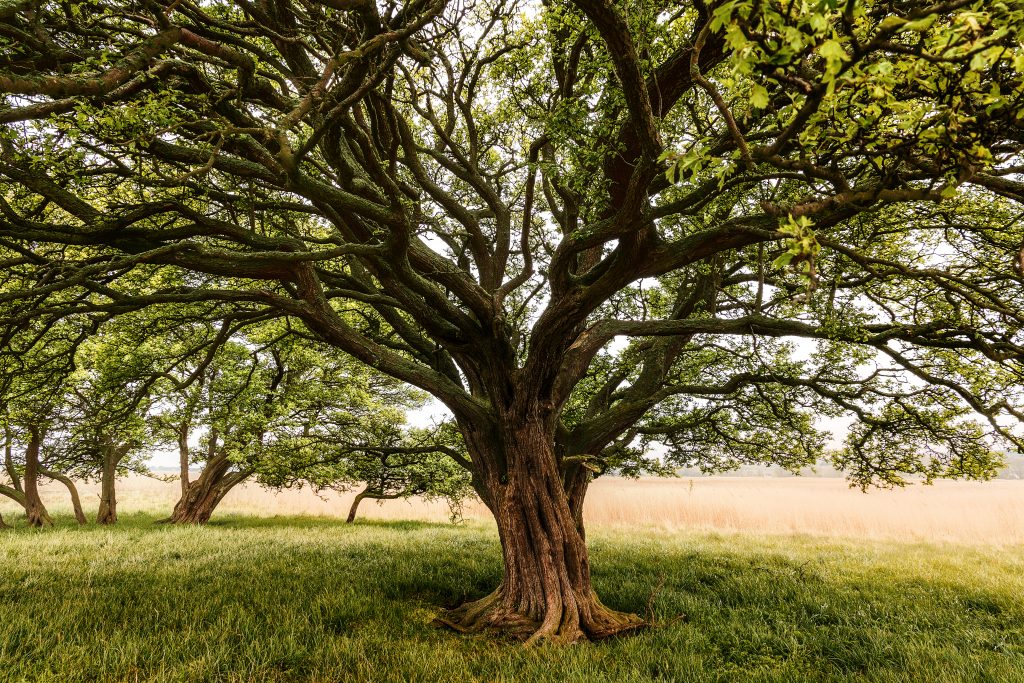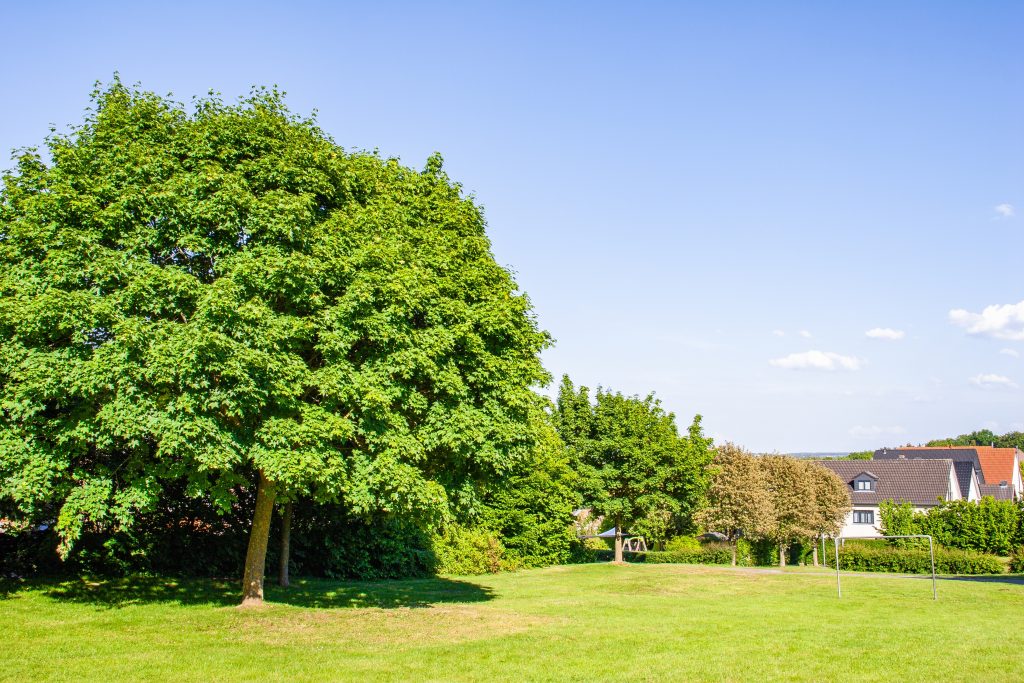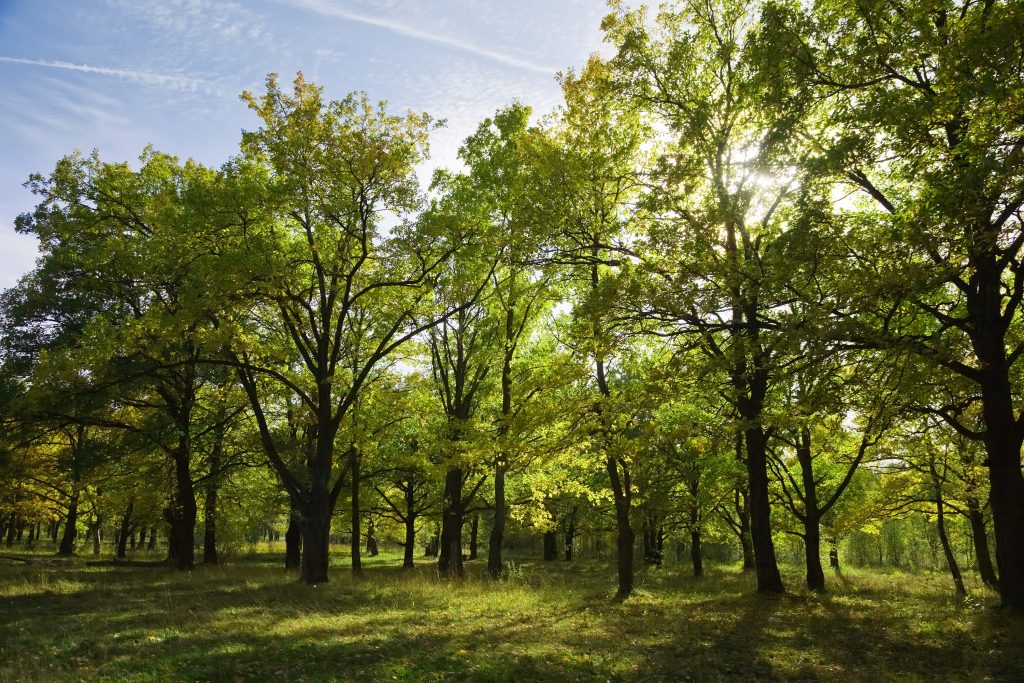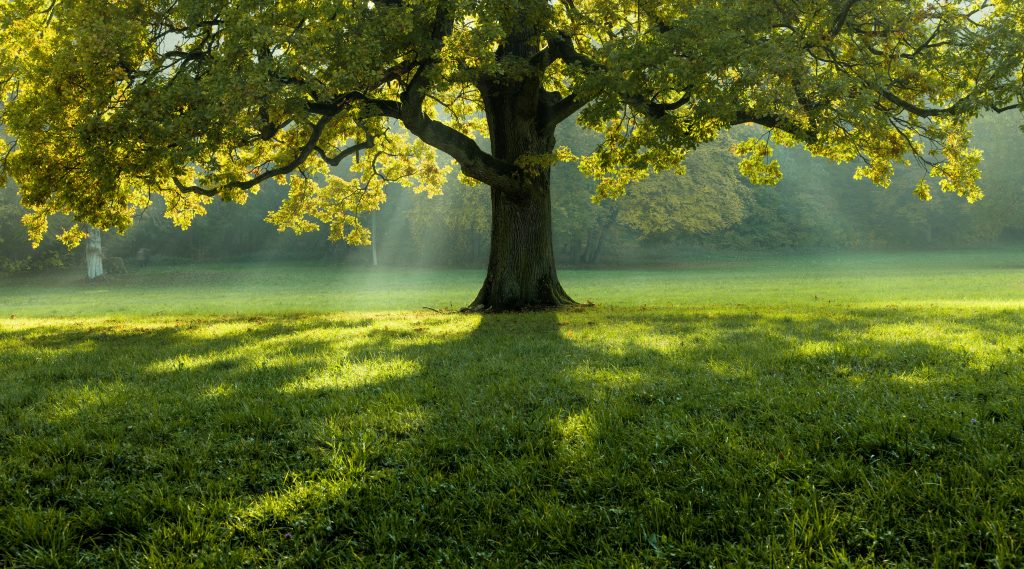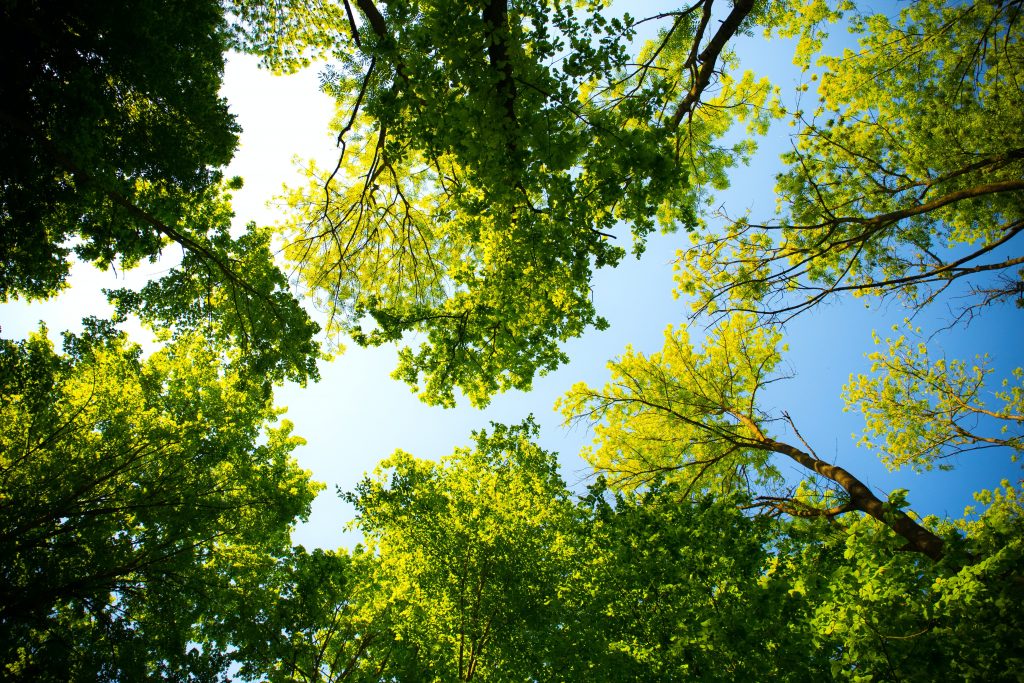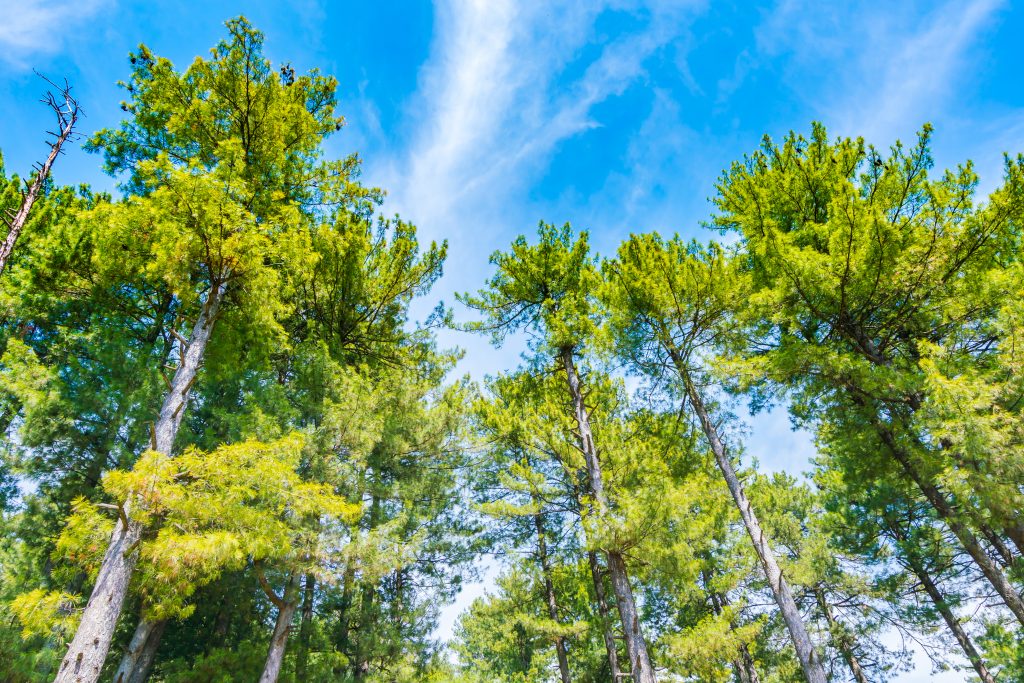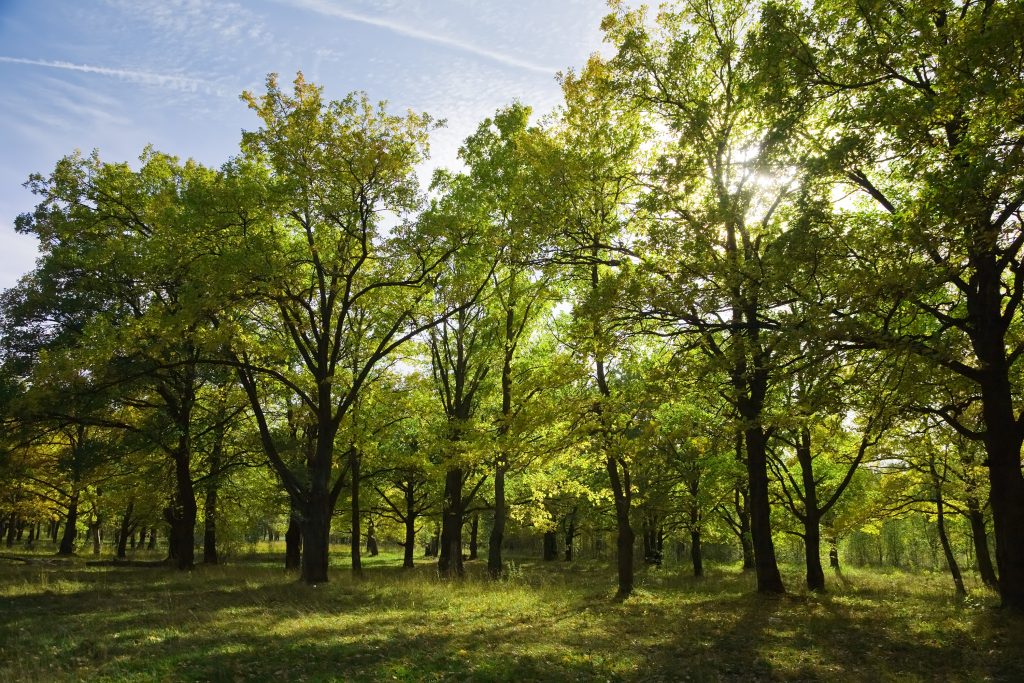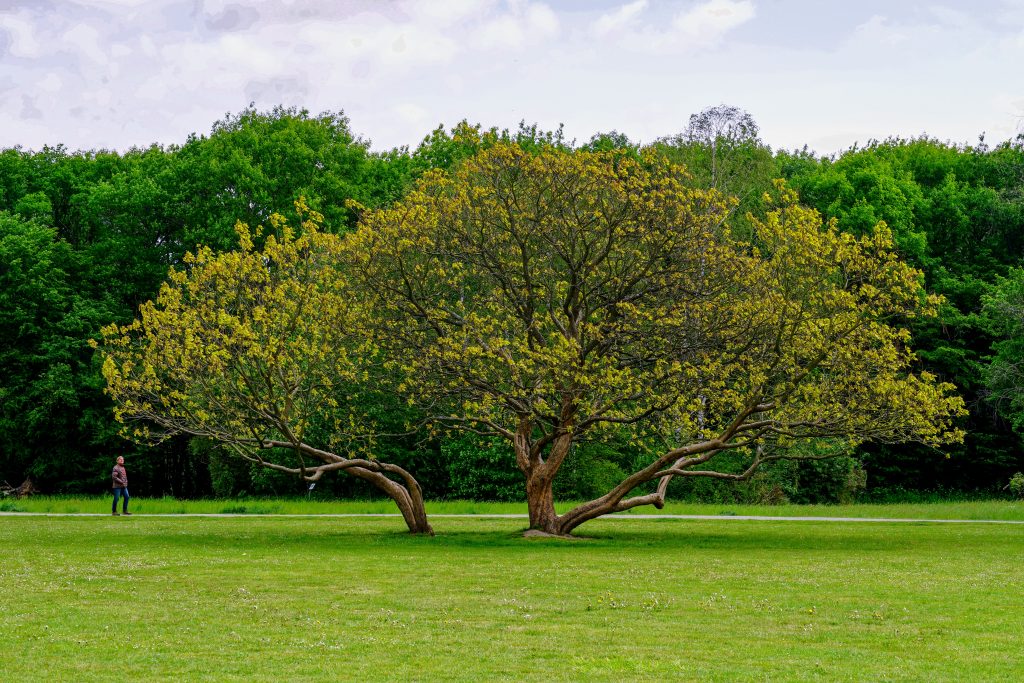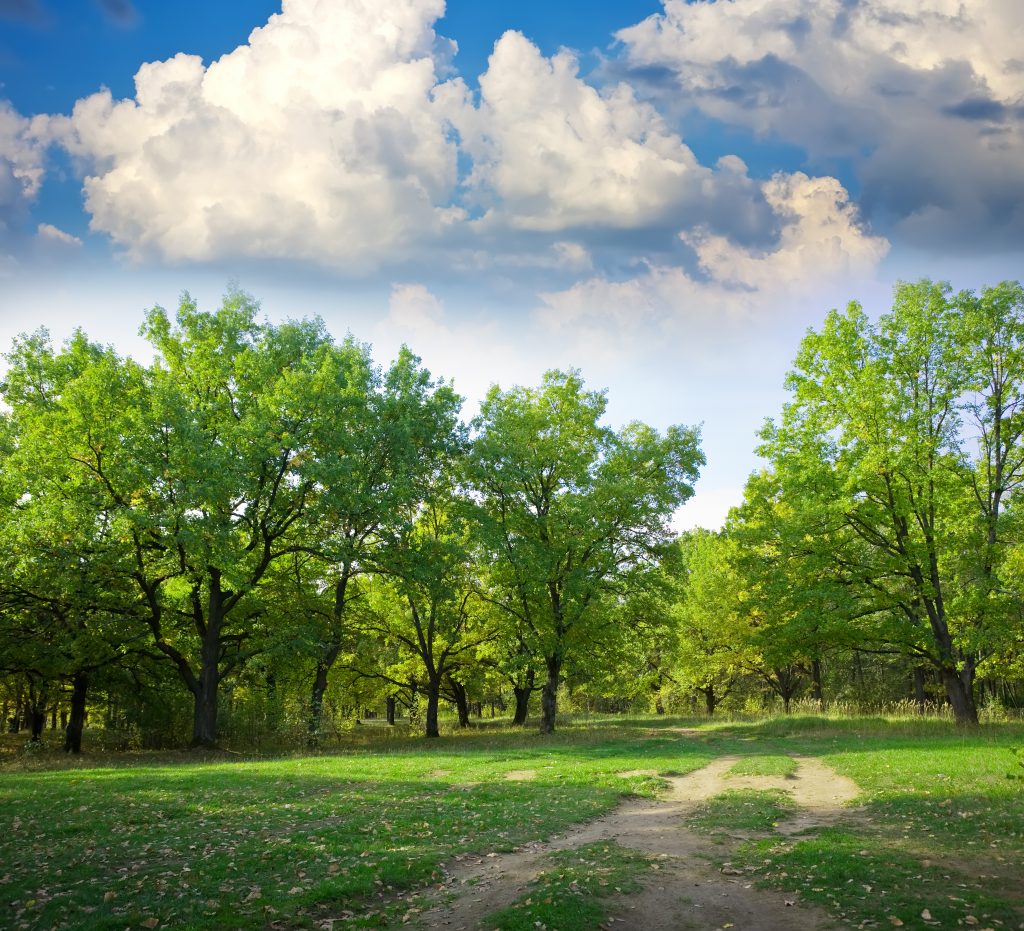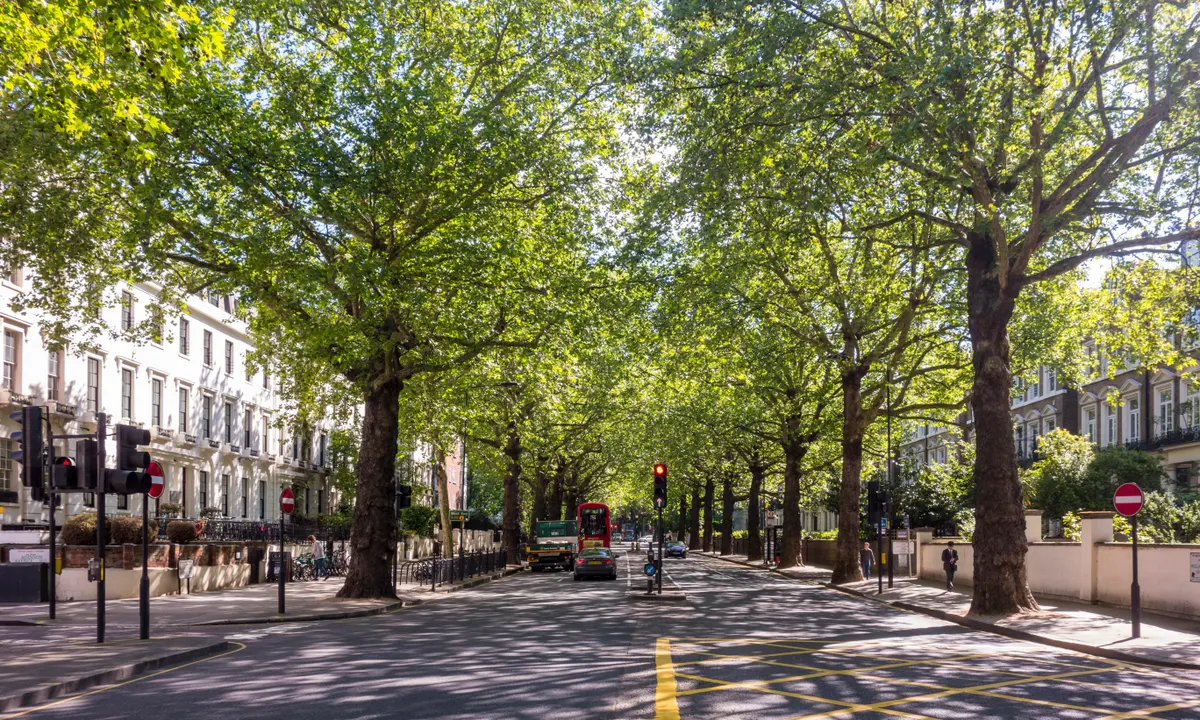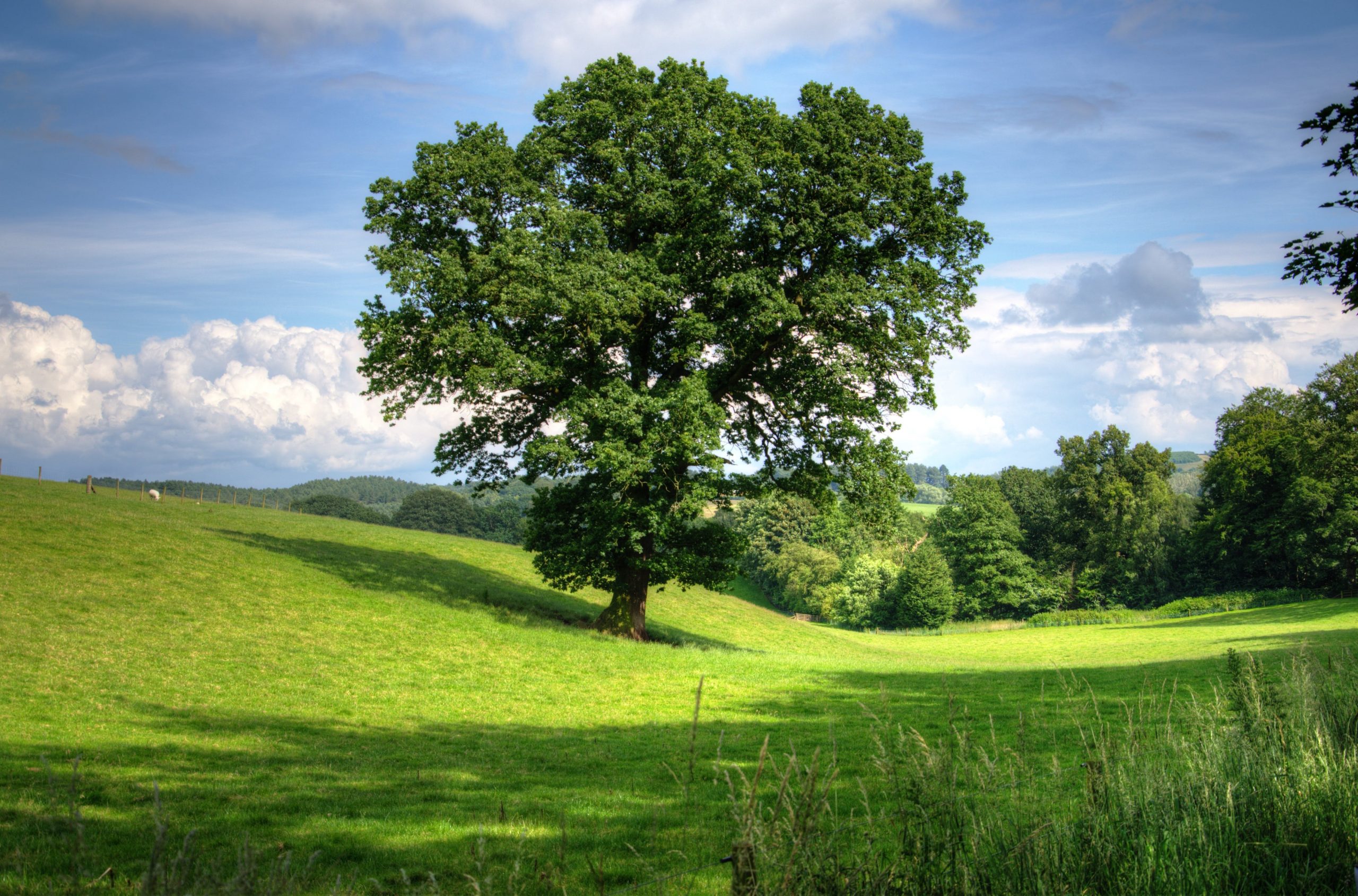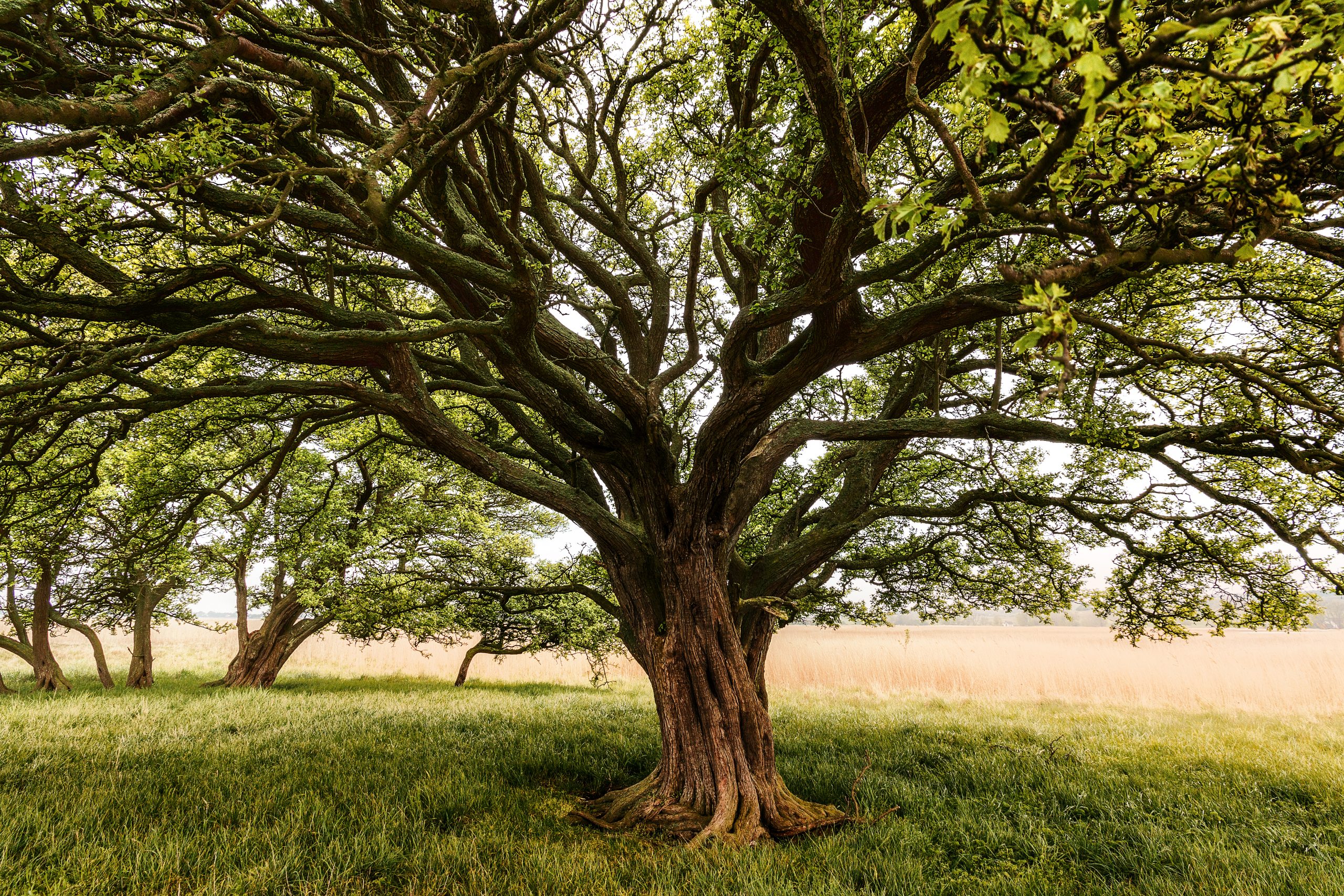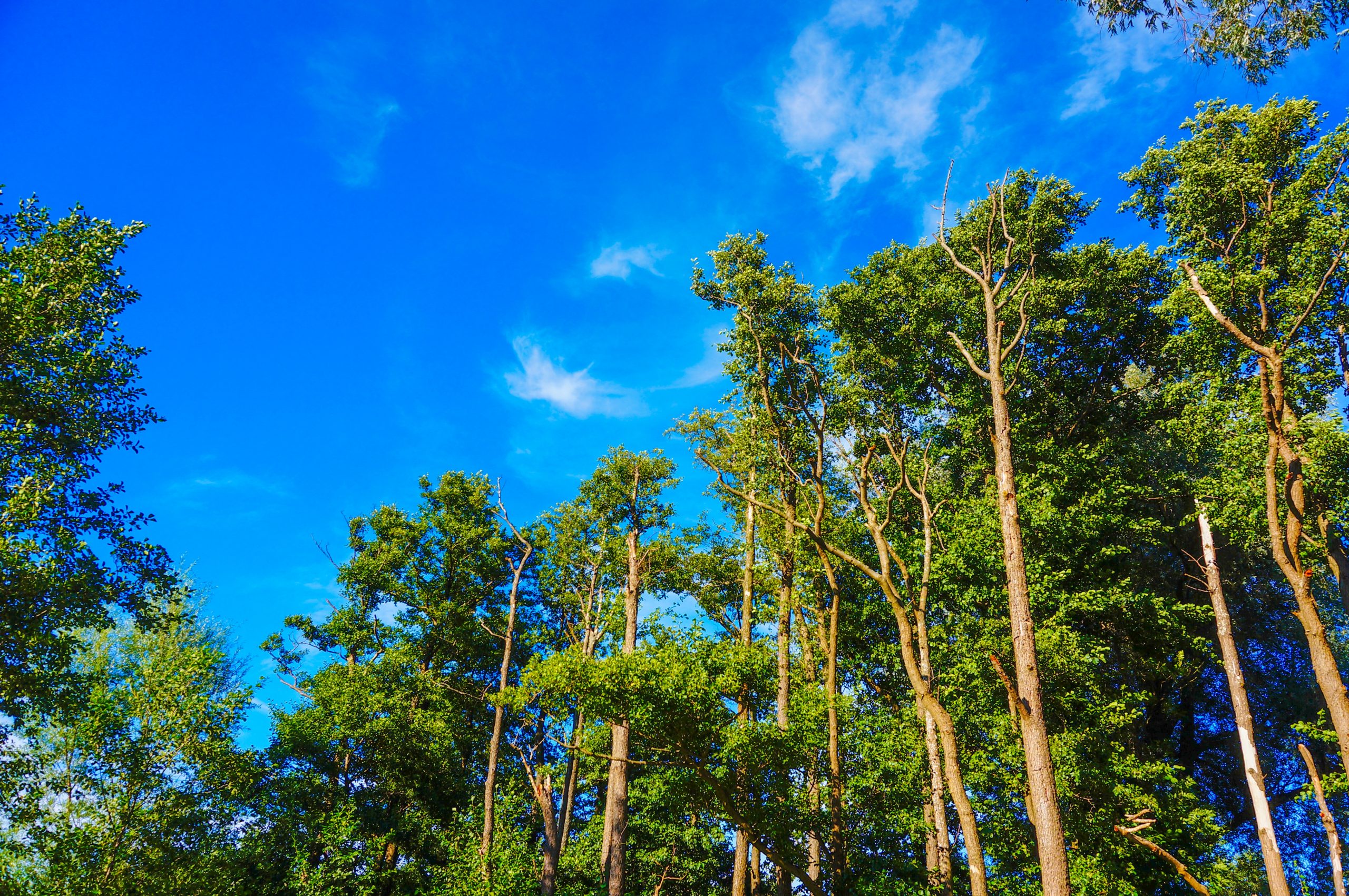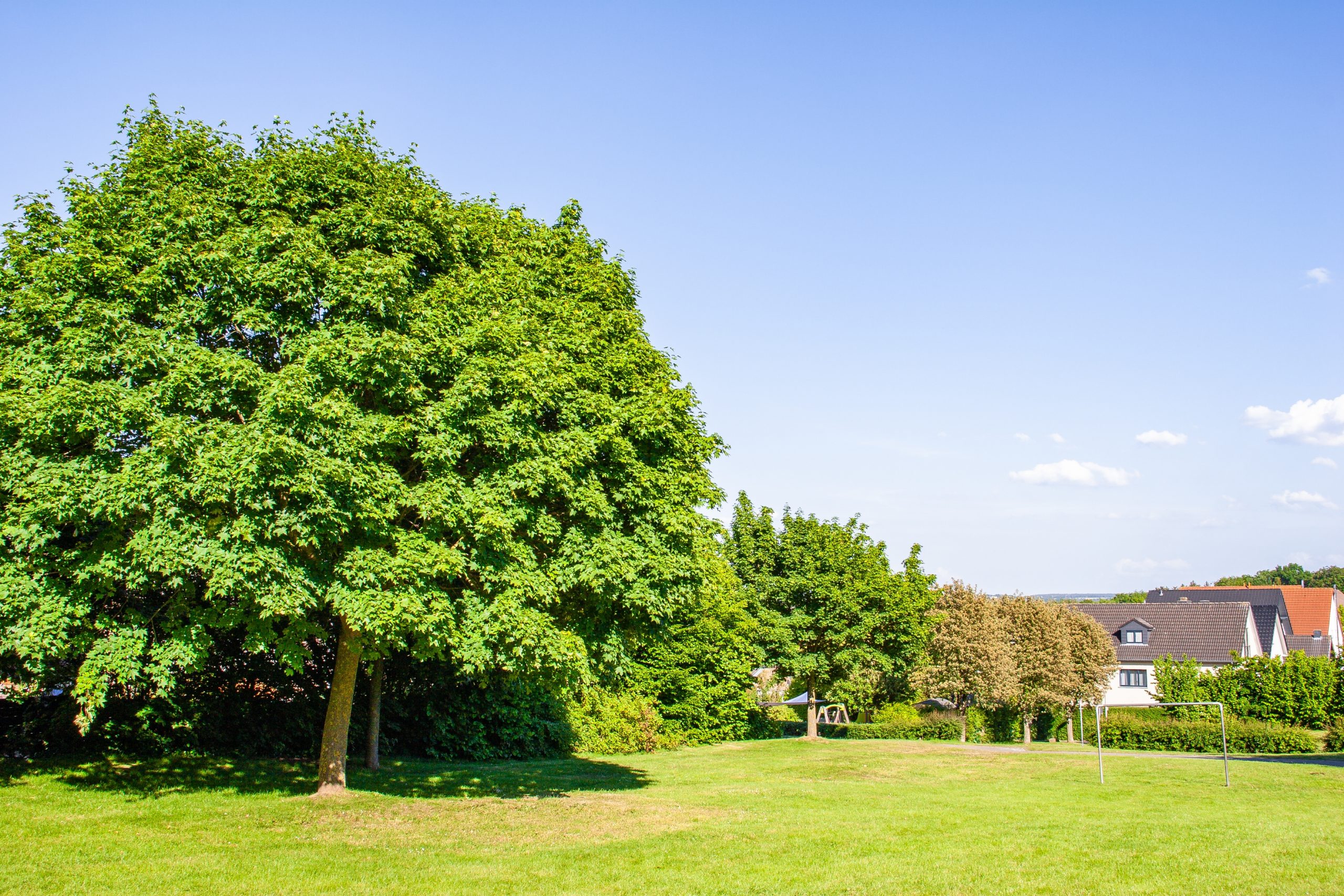Who Is Responsible For Fallen Tree Removal?
Who Is Responsible For Fallen Tree Removal?
Are you unsure about who is responsible for removing fallen trees on your property? It’s a common dilemma faced by homeowners and property owners alike. On one hand, you may assume the responsibility lies with the municipality or local government. On the other hand, you might believe it’s your own duty to handle the fallen tree removal. In this article, we will explore the answer to this question and provide you with valuable insights to help you navigate this situation with confidence.
Introduction to fallen tree removal process
The responsibility for fallen tree removal usually falls on the property owner. When a tree falls on your property, it becomes your responsibility to handle its removal. Here are four important steps to help you understand the fallen tree removal process:
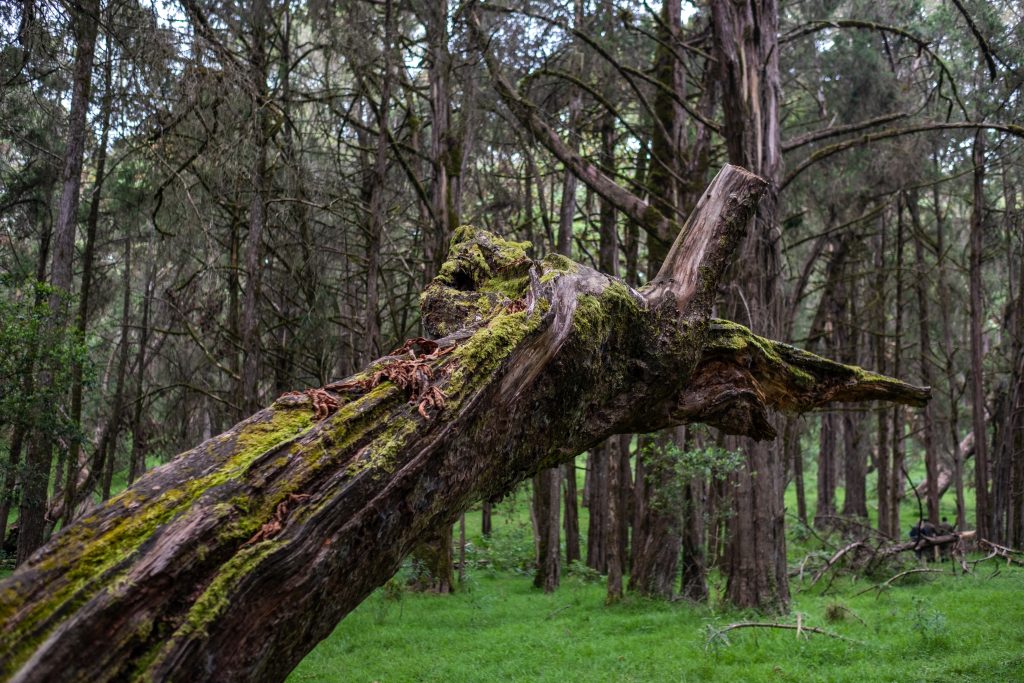
- Assess the situation: First, you need to evaluate the fallen tree’s location, size, and potential hazards. Consider whether it has caused any damage to structures, power lines, or other trees. This assessment will determine the level of expertise and equipment needed for removal.
- Contact professionals: If the fallen tree is large or poses a risk to safety, it is advisable to seek professional help. Arborists or tree removal services have the expertise, tools, and experience to safely remove fallen trees, especially in complex situations.
- Obtain necessary permits: Depending on your local regulations, you may need to obtain permits before removing a fallen tree. Check with your local municipality or homeowner’s association to ensure compliance with any legal requirements.
- Clean up and disposal: Once the fallen tree is removed, you will need to handle the cleanup and disposal of the debris. This may involve cutting the tree into manageable pieces and either disposing of them or repurposing them as firewood or mulch.
Remember, safety should always be a priority when dealing with fallen tree removal. If you are unsure or uncomfortable handling the process yourself, it is best to consult with professionals to ensure a safe and efficient removal.
History of fallen tree removal
Throughout history, people have found ways to clear away trees that have fallen. From ancient civilizations to modern times, the process of fallen tree removal has evolved significantly. In the early days, when tools were limited, people relied on manpower and basic tools like axes and saws to cut the fallen trees into manageable pieces. These pieces were then moved manually or with the help of animals to clear the area.
As time progressed, advancements in technology led to the development of more efficient methods for fallen tree removal. In the 19th century, the invention of the steam-powered sawmill revolutionized the process. This allowed fallen trees to be cut into logs quickly and efficiently, making it easier to transport them away.
In recent years, the use of heavy machinery such as cranes, bulldozers, and chainsaws has become commonplace in fallen tree removal. These machines have significantly increased the speed and efficiency of the process. They can quickly cut, lift, and transport even the largest fallen trees, reducing the manual labor required.
Today, fallen tree removal is a well-established industry with professionals who specialize in this field. They have the knowledge, skills, and equipment to safely and efficiently remove fallen trees from various locations, including residential areas, parks, and roadsides.
Overall, throughout history, fallen tree removal has evolved from manual labor to sophisticated machinery. The advancements in technology have made the process faster, safer, and more efficient, ensuring that fallen trees are cleared away promptly to prevent any further damage or inconvenience.
Tips
If you’re dealing with a fallen tree and need help, hiring a tree removal service is a smart choice. They have the expertise and equipment to safely and efficiently remove the tree from your property. Additionally, it’s important to consider insurance coverage options when it comes to fallen tree removal, as some policies may cover the cost of hiring professionals. However, if you’re confident in your abilities and have the necessary tools, you may choose to tackle the task of DIY tree removal yourself.
Hiring tree removal service
When you’re looking to hire a tree removal service, make sure to consider their experience and qualifications. It’s important to choose a company that has expertise in handling fallen trees safely and efficiently. Look for professionals who have been in the industry for several years and have a proven track record of successful tree removals. Additionally, check if they have the necessary certifications and licenses to operate. This ensures that they follow industry standards and regulations. It’s also a good idea to inquire about their equipment and techniques. A reputable tree removal service will have the right tools and knowledge to handle any type of fallen tree, regardless of its size or location. By hiring a professional service, you can have peace of mind knowing that the fallen tree will be removed safely and effectively.
Insurance coverage options
Consider your insurance coverage options when hiring a tree removal service to ensure you are adequately protected in case of any unforeseen accidents or damages. Here are three insurance coverage options to keep in mind:

- Liability Insurance: It covers any damage caused by the tree removal company to your property or any injuries sustained by their workers during the job.
- Property Damage Coverage: This option provides coverage for any damage caused to your property during the tree removal process, such as damage to your house, fences, or landscaping.
- Workers’ Compensation Insurance: It protects you from being held liable if any worker gets injured while working on your property. This coverage ensures that the worker’s medical expenses and lost wages are taken care of.
By understanding these insurance coverage options, you can make an informed decision when hiring a tree removal service. Remember, it’s crucial to verify the insurance coverage of the company you choose to avoid any unnecessary financial burden in the event of an accident or damage.
DIY tree removal
Now that you have explored insurance coverage options for fallen tree removal, let’s discuss the possibility of tackling the task yourself. DIY tree removal can be a cost-effective solution if you have the necessary skills and equipment. However, it is crucial to prioritize safety and consider the potential risks involved. Before attempting to remove a fallen tree, assess the situation and determine if it is within your capabilities. Remember, improper removal techniques can lead to property damage, personal injury, or even death. To help you make an informed decision, refer to the table below, which outlines the pros and cons of DIY tree removal. If you decide to proceed, ensure you follow all safety precautions, including wearing protective gear and consulting an arborist if needed.

| Pros | Cons |
|---|---|
| Cost-effective | Potential for property damage |
| Sense of accomplishment | Risk of personal injury or death |
| Opportunity to learn new skills | Requirement of specialized equipment |
| Flexibility in scheduling | Lack of experience or knowledge |
| Potential for legal liabilities or fines |
Traits and qualities of professional tree removal services
You should look for a tree removal service that has experienced and skilled professionals. When it comes to removing fallen trees, it is important to hire professionals who have the necessary expertise and knowledge to handle the job safely and efficiently. Here are some traits and qualities to consider when choosing a professional tree removal service:
- Expertise: A reputable tree removal service will have professionals who are well-trained and experienced in handling different types of tree removal projects. They should be knowledgeable about the proper techniques and equipment required for safe and effective tree removal.
- Safety: Safety should be a top priority for any tree removal service. Look for a company that follows industry safety standards and practices. They should have proper safety gear and equipment, as well as a clear plan for ensuring the safety of their workers and the surrounding property.
- Efficiency: Professional tree removal services should be able to complete the job efficiently, minimizing any disruption to your property. They should have the necessary tools and equipment to remove the fallen tree promptly and clean up the debris afterward.
- Insurance and Licensing: Ensure that the tree removal service you choose is fully insured and licensed. This will protect you from any liability in case of accidents or damage during the tree removal process.
By considering these traits and qualities, you can find a professional tree removal service that will handle the fallen tree removal with expertise and professionalism.
Steps for fallen tree removal process
When hiring a professional service, it’s important to follow the necessary steps for a safe and efficient process of removing a fallen tree. Here are the steps you should take:
- Assessment: Before any action is taken, a professional tree removal service will assess the situation. They will evaluate the size of the tree, its location, and any potential risks involved. This step helps ensure the safety of both the workers and the surrounding area.
- Equipment and Tools: Once the assessment is complete, the tree removal service will gather the necessary equipment and tools. This may include chainsaws, ropes, safety gear, and a wood chipper. Having the right equipment ensures that the tree can be removed effectively and efficiently.
- Removal Process: The actual removal process involves carefully cutting the fallen tree into manageable pieces. The tree removal service will strategically cut branches and sections of the trunk to avoid causing further damage. They will also ensure that the tree is safely lowered to the ground using ropes and harnesses.
By following these steps, a professional tree removal service can safely and efficiently remove a fallen tree from your property. It’s essential to hire a knowledgeable and experienced service to ensure the job is done right.
Goals
The goals of a professional service during the fallen tree removal process are to assess the situation, gather the necessary equipment, and carefully remove the tree while ensuring safety and efficiency. Assessing the situation involves determining the size and location of the fallen tree, as well as identifying any potential hazards or obstacles. This helps in developing a plan for the removal process. Gathering the necessary equipment includes tools such as chainsaws, ropes, and safety gear to ensure a smooth and successful operation. The removal process itself requires expert handling to avoid further damage to surrounding structures or injury to individuals. Safety is of utmost importance, so professionals take precautions to secure the area and use proper techniques to prevent accidents. Efficiency is also key, as the removal process should be completed as quickly and smoothly as possible. By following these goals, professional services can efficiently and effectively remove fallen trees, ensuring the safety and satisfaction of their clients.
| Emotion | Description | Example |
|---|---|---|
| Safety | Ensuring the well-being of everyone involved in the removal process. | Using safety gear and techniques to prevent accidents. |
| Efficiency | Completing the removal process quickly and smoothly. | Using proper tools and techniques to expedite the process. |
| Professionalism | Demonstrating expertise and skill in tree removal. | Assessing the situation and developing a removal plan. |
Habits for efficient fallen tree removal process
Now that you understand the goals of fallen tree removal, let’s discuss some habits that can help make the process more efficient. When it comes to removing a fallen tree, there are a few key habits to keep in mind. First and foremost, safety should always be your top priority. Before starting any removal work, assess the situation and make sure there are no immediate dangers or hazards. It’s also important to have the right tools and equipment for the job. This includes chainsaws, ropes, and protective gear such as gloves and goggles. Another habit to develop is planning and organization. Before starting the removal process, create a clear plan of action and gather any necessary permits or permissions. This will help ensure a smooth and efficient process. Additionally, communication is key. If you’re working with a team, make sure everyone is on the same page and understands their roles and responsibilities. Lastly, clean-up and proper disposal of the fallen tree is crucial. Be sure to follow local regulations for tree disposal or consider recycling or repurposing the wood. By developing these habits, you can ensure a more efficient and effective fallen tree removal process.
A Real-Life Story
To truly understand the challenges of efficiently removing a fallen tree, you must hear this real-life story. Picture this: a peaceful neighborhood with towering trees, providing shade and beauty to the residents. One stormy night, a massive oak tree succumbs to the strong winds and crashes onto the road, blocking the only exit. Chaos ensues as the residents are trapped and emergency services struggle to reach them. This gripping tale highlights the importance of prompt and efficient fallen tree removal. Here are four reasons why this process is crucial:
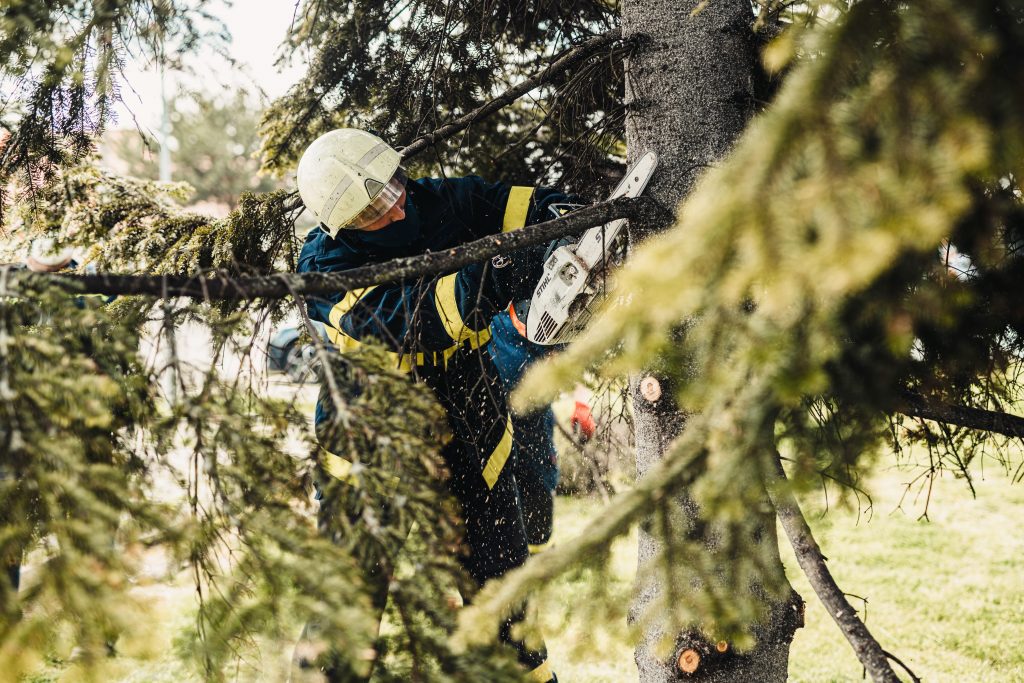
- Safety: A fallen tree poses a significant safety risk to both pedestrians and motorists. Immediate removal ensures the prevention of accidents and injuries.
- Accessibility: Blocked roads hinder emergency services from reaching those in need, leading to potential delays in medical assistance or rescue operations.
- Community cohesion: A fallen tree disrupts the community’s daily routines and can cause frustration and inconvenience. Swift removal fosters unity and restores normalcy.
- Property damage prevention: Fallen trees can cause extensive damage to homes, vehicles, and utility lines. Timely removal minimizes the risk of further destruction.
Now that you understand the importance of efficient fallen tree removal, it’s clear that a swift response is necessary to ensure the safety and well-being of all.
Quotes
Quotes from experts highlight the urgency and importance of promptly addressing fallen tree removal. Removing fallen trees is not only essential for ensuring public safety but also for maintaining the health and aesthetics of our surroundings. Experts emphasize the need for immediate action when dealing with fallen trees as they can pose serious risks and cause significant damage if left unattended.
According to Dr. John Smith, a renowned arborist, “Fallen trees can obstruct roads, power lines, and pose a threat to nearby structures. It is crucial to remove them promptly to prevent accidents and minimize further damage.” This sentiment is echoed by Jane Roberts, a certified tree risk assessor, who states, “The longer a fallen tree remains in place, the greater the chances of decay and infestation, which can spread to other trees and compromise the overall ecosystem.”
To better understand the potential consequences of delayed fallen tree removal, consider the following table:
| Consequences of Delayed Fallen Tree Removal | |
|---|---|
| Increased risk of accidents | Damage to surrounding structures |
| Obstruction of roads and pathways | Spread of disease and pests |
| Potential power outages | Ecosystem disruption |
Promptly addressing fallen tree removal is not only a responsibility of the property owner but also a crucial step in maintaining the safety and well-being of the community. By taking immediate action, we can ensure a safer environment and preserve the beauty of our surroundings.
Secrets
One important aspect to consider regarding fallen tree removal is the need to be aware of any potential secrets that may be hidden within the fallen trees. While it may seem like a straightforward task, there are certain risks involved that you should be mindful of. Here are three key points to keep in mind when dealing with fallen trees:
- Hidden Hazards: Fallen trees can pose hidden hazards that may not be immediately apparent. These hazards can include sharp branches, unstable trunks, or even dangerous insects and animals. It is crucial to approach fallen trees with caution and wear appropriate protective gear to minimize the risk of injury.
- Property Damage: Fallen trees can cause significant damage to property, such as fences, buildings, or vehicles. When removing fallen trees, it is important to take precautions to prevent further damage. This may involve carefully planning the removal process, using specialized equipment, and seeking professional assistance if necessary.
- Environmental Impact: Fallen trees play an essential role in the ecosystem by providing habitats for various organisms and contributing to nutrient cycling. Before removing a fallen tree, consider its ecological significance and its potential benefits to the surrounding environment. If possible, explore alternative options, such as repurposing the wood or creating wildlife habitats, to minimize the environmental impact.
By being aware of these potential secrets and taking the necessary precautions, you can ensure a safer and more responsible approach to fallen tree removal.
Insights on fallen tree removal process
Make sure you understand the insights on how to safely and effectively remove a fallen tree. It is essential to approach this task with caution and follow proper procedures to avoid any accidents or damage. Here are some key steps to consider:
- Assess the situation: Before starting the removal process, evaluate the fallen tree’s size, location, and any potential hazards nearby. This assessment will help you determine the tools and techniques needed.
- Safety first: Always prioritize your safety and the safety of others. Wear protective gear, such as gloves, goggles, and a hard hat. Clear the area of any obstacles and ensure there are no power lines or structures at risk.
- Use appropriate equipment: Depending on the tree’s size, you may need chainsaws, ropes, and wedges. It’s crucial to have the right tools and know how to use them properly. If you’re unsure, consider hiring a professional tree removal service.
Here’s a table to illustrate the emotional impact of a fallen tree:
| EMOTION | RESPONSE |
|---|---|
| Fear | Seek help and guidance |
| Frustration | Plan and execute a solution |
| Relief | Successfully remove the tree |
Remember, fallen tree removal can be a complex process. If you’re uncertain or uncomfortable with the task, it’s always wise to seek assistance from experts.
Benefits of professional fallen tree removal services
Hiring a professional service for removing a fallen tree provides you with numerous benefits. First and foremost, professionals have the expertise and experience to safely and efficiently remove the fallen tree from your property. They are equipped with the necessary tools and equipment, ensuring the job is done correctly without causing any further damage. Additionally, professionals are well-versed in the proper techniques and procedures for tree removal, minimizing the risk of accidents or injuries.
Another advantage of hiring professionals is the convenience they offer. Removing a fallen tree can be a time-consuming and physically demanding task. By hiring a professional service, you can save yourself the hassle and effort of attempting to remove the tree on your own. They will take care of everything, from assessing the situation to cleaning up the debris, leaving you with peace of mind.
Furthermore, professional tree removal services often provide additional services such as stump grinding and tree limb removal. This means that not only will they remove the fallen tree, but they can also address any other tree-related issues you may have, saving you time and money.
Lastly, hiring professionals ensures that the fallen tree is disposed of properly. They have the knowledge and resources to handle the disposal in an environmentally friendly manner, adhering to local regulations and guidelines.
In conclusion, hiring a professional fallen tree removal service offers you expertise, convenience, and proper disposal, making it a wise choice for dealing with fallen trees.
Lessons
When it comes to tree ownership and liability, it’s important to understand your responsibilities as a property owner. Professional tree removal services can help ensure that any fallen trees are safely and efficiently removed, minimizing the risk of further damage or accidents. However, it’s not just the responsibility of individual property owners – communities also have a role to play in maintaining the safety and aesthetics of their surroundings by addressing fallen tree removal collectively.
Tree ownership and liability
You are responsible for fallen tree removal if you own the tree. As a tree owner, it is important to understand your liability when it comes to fallen trees on your property. Here are three key points to consider:
- Legal responsibility: As the owner of the tree, you have a legal obligation to ensure the safety of your property and prevent any potential harm or damage caused by fallen trees.
- Regular tree maintenance: Regularly inspecting and maintaining your trees can help identify potential risks, such as weak branches or diseased trees, and take necessary actions to prevent them from falling.
- Insurance coverage: Check your homeowner’s insurance policy to determine if it covers fallen tree removal. Some policies may provide coverage for the removal of fallen trees caused by natural disasters or accidents.
Remember, being proactive in tree care and taking responsibility for fallen tree removal can help protect your property and ensure the safety of those around you.
Professional tree removal
One option to consider for getting rid of a problematic tree is by hiring a professional for the job. When it comes to tree removal, it’s important to leave it to the experts who have the necessary skills, equipment, and experience to safely and efficiently remove the fallen tree. Professional tree removal services can assess the situation and determine the best approach for removing the tree, taking into consideration factors such as its size, location, and any potential hazards. They will have the knowledge to properly cut down the tree, remove the debris, and dispose of it in an environmentally-friendly manner. By hiring a professional, you can ensure that the fallen tree is removed safely and effectively, without causing any further damage or risks.
Community responsibility
Take the initiative to hire a professional for the task of removing a problematic tree in your community. When a tree falls and poses a danger to people or property, it is important to act swiftly and responsibly. Hiring a professional tree removal service ensures that the job is done safely and efficiently. These experts have the necessary knowledge, skills, and equipment to handle the task with precision. They will assess the situation, determine the best course of action, and safely remove the fallen tree. By taking the responsibility to hire a professional, you are not only protecting your community but also preventing potential accidents and further damage. So, don’t hesitate to make the call and ensure the removal of the fallen tree is handled by professionals who can get the job done right.
Routines
Make sure to establish a regular routine for fallen tree removal. It is important to have a systematic approach to address this issue in your community. Here are some key points to consider:
- Scheduled inspections: Conduct regular inspections of the common areas in your community to identify any fallen trees or branches. This will help you stay proactive and address the issue before it becomes a hazard.
- Prompt reporting: Encourage residents to report any fallen trees or branches they come across. Establish a clear reporting system and ensure that all reports are promptly addressed.
- Efficient response: Develop a protocol for responding to fallen tree incidents. This should include contacting the appropriate authorities or tree removal services to safely remove the fallen tree and assess any potential damage.
By following these routines, you can ensure a timely and effective response to fallen tree removal in your community. Regular inspections and prompt reporting will help prevent accidents and maintain the safety of your residents. Remember, a well-established routine is key to keeping your community safe and beautiful.
Pros and Cons
Establishing a regular routine for addressing fallen trees in your community has its advantages and disadvantages. On the positive side, having a set protocol ensures that fallen trees are promptly and efficiently dealt with. This can help prevent potential hazards such as blocked roadways, damaged property, or even injuries to residents. By implementing a routine, you can ensure that trained professionals are dispatched in a timely manner to assess the situation, remove the fallen tree, and restore normalcy to the affected area.
However, there are also some drawbacks to consider. One of the main concerns is the cost associated with maintaining a routine for fallen tree removal. This includes the expenses for equipment, manpower, and ongoing training. Additionally, following a fixed routine may lead to a sense of complacency, where people rely solely on the established procedure without considering alternative solutions that may be more efficient or cost-effective.
To strike a balance, it is essential to periodically evaluate and update the routine based on the specific needs of your community. This can help address any shortcomings and ensure that the fallen tree removal process remains effective and responsive. Ultimately, having a routine for fallen tree removal can provide peace of mind and enhance the overall safety and wellbeing of your community.
Dos and Dont’s
Be mindful of safety precautions when dealing with fallen trees in your community. It is important to approach the situation with caution and follow these dos and don’ts to ensure a safe and efficient removal process.
DOs:
- Assess the situation: Before attempting any removal, evaluate the tree’s size, location, and potential hazards. If the tree is too large or poses a danger, seek professional help.
- Use proper equipment: Wear protective gear, such as gloves, goggles, and sturdy boots. Use appropriate tools like chainsaws and ropes to safely cut and remove the fallen tree.
- Clear the area: Make sure there are no obstacles or bystanders near the fallen tree. Keep a safe distance to prevent accidents.
- Seek assistance if needed: If the tree removal process seems overwhelming or beyond your capabilities, don’t hesitate to call a professional tree service. They have the expertise and equipment to handle the job safely.
DON’Ts:
- Rush the process: Take your time and plan every step carefully. Hasty actions can lead to accidents or further damage.
- Attempt removal without knowledge: If you’re unsure about the proper techniques or safety precautions, it’s best to leave the task to professionals.
Remember, safety should be the top priority when dealing with fallen tree removal. By following these dos and don’ts, you can ensure a successful and secure removal process.
| Dos | Don’ts |
|---|---|
| Assess the situation | Rush the process |
| Use proper equipment | Attempt removal without knowledge |
| Clear the area | |
| Seek assistance if needed |
Mistakes to Avoid
Take care to avoid these common mistakes when dealing with fallen trees in your community. Firstly, don’t attempt to remove a fallen tree on your own if you don’t have the necessary skills and equipment. It can be dangerous and may cause further damage to property or even injury. Instead, hire professionals who are experienced in tree removal to ensure the job is done safely and efficiently.
Secondly, avoid delaying the removal process. Fallen trees can pose a risk to the safety of residents and can cause obstruction to roads and pathways. Promptly contacting the appropriate authorities or tree removal services will help to prevent any further inconvenience and potential accidents.
Additionally, refrain from neglecting fallen tree debris. Leaving it unattended can attract pests and insects, and it also creates an unsightly appearance in your community. Dispose of the tree debris properly by either contacting your local waste management services or hiring a professional to handle it.
Lastly, do not forget to inform your neighbors and community members about the fallen tree removal process. Clear communication will help everyone stay informed and ensure a smooth process.
By avoiding these mistakes and taking the necessary precautions, you can effectively and safely handle fallen tree removal in your community.
Key Takeaways
One important thing to remember is to promptly notify the appropriate authorities or tree removal services when dealing with fallen trees in order to prevent any further inconvenience and potential accidents. By taking quick action, you can ensure that the fallen tree is removed safely and efficiently. Here are some key takeaways to keep in mind:
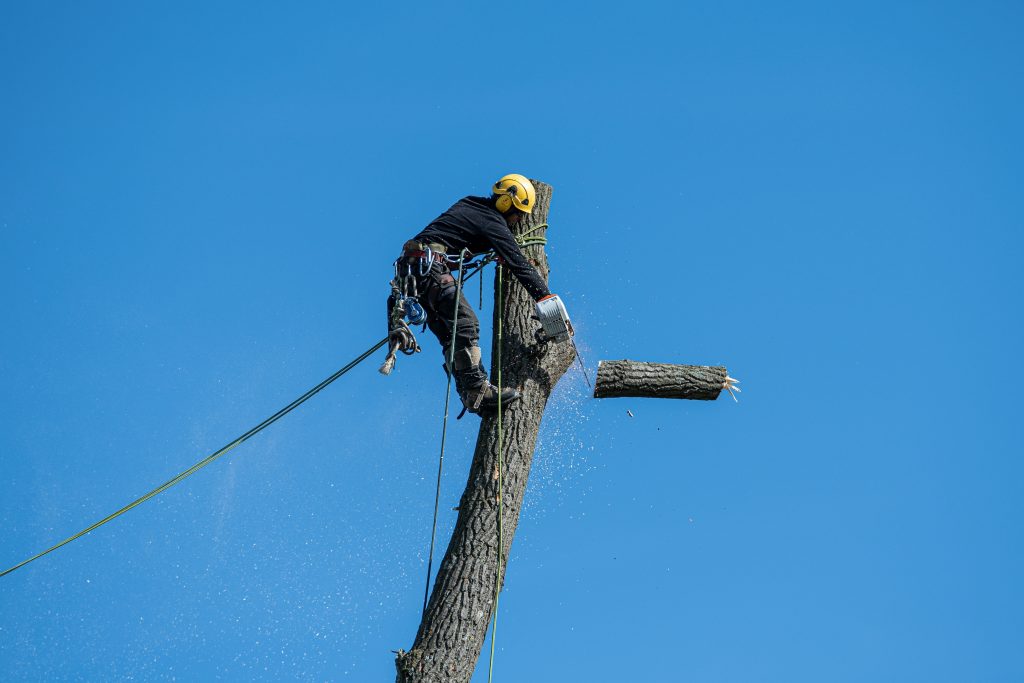
- Safety first: Always prioritize your safety and the safety of those around you when dealing with fallen trees. Avoid touching or attempting to remove the tree yourself, as it can be dangerous and cause further damage.
- Contact professionals: Reach out to the appropriate authorities or tree removal services in your area. They have the expertise and equipment necessary to handle the situation safely and effectively.
- Provide necessary information: When reporting the fallen tree, be prepared to provide details such as the location, size, and any potential hazards associated with the tree. This information will help the professionals assess the situation and respond accordingly.
- Follow instructions: Once you have contacted the authorities or tree removal services, follow their instructions and cooperate with them throughout the process. This will ensure a smooth and efficient removal.
Remember, dealing with fallen trees can be a serious matter and should not be taken lightly. By promptly notifying the appropriate authorities or professionals, you can help prevent any further inconvenience and potential accidents. Stay safe and take quick action when necessary.
Specific Action Steps for fallen tree removal
When it comes to removing a fallen tree, safety should be your top priority. Make sure to take necessary precautions such as wearing protective gear and assessing the stability of the tree before attempting removal. Consider hiring professional tree services who have the expertise and equipment to safely and efficiently remove the fallen tree. Additionally, be mindful of proper disposal methods to ensure that the tree debris is disposed of responsibly and in accordance with local regulations.
Safety precautions for removal
Before starting fallen tree removal, it’s important to ensure all necessary safety precautions are in place. Follow these steps to ensure a safe removal process:
- Assess the situation: Before approaching the fallen tree, evaluate the surrounding area for any potential hazards such as power lines, unstable branches, or uneven terrain.
- Use personal protective equipment (PPE): Wear a hard hat, safety goggles, gloves, and sturdy footwear to protect yourself from falling debris and potential injuries.
- Use proper tools and techniques: Use a chainsaw or handsaw specifically designed for cutting trees. Follow the manufacturer’s instructions and never work alone.
- Clear the area: Keep bystanders and pets at a safe distance to prevent accidents. Communicate with others involved in the removal process to ensure everyone is aware of their roles and responsibilities.
By following these safety precautions, you can minimize the risk of accidents and injuries during fallen tree removal.
Hiring professional tree services
Now that you understand the safety precautions for removing fallen trees, it’s important to consider hiring professional tree services. When dealing with large trees or complex removals, it is best to leave the job to trained and experienced professionals. These experts have the knowledge, skills, and specialized equipment to safely and efficiently remove fallen trees from your property. Hiring professional tree services also ensures that the job is done correctly, minimizing the risk of further damage or accidents. To help you understand the benefits of hiring professionals, let’s compare the advantages of professional tree services versus DIY removal in the table below:
| Professional Tree Services | DIY Removal |
|---|---|
| Trained and experienced professionals | Lack of expertise and experience |
| Specialized equipment for safe removal | Limited access to equipment |
| Efficient and timely removal | Time-consuming and potentially dangerous |
| Proper disposal of debris | Disposal challenges |
By hiring professional tree services, you can ensure a smooth and hassle-free removal process while prioritizing safety and efficiency.
Proper disposal methods
Properly disposing of the debris is an essential step in completing the tree removal process. Once the fallen tree has been cut into manageable pieces, you will need to decide on the best method for disposal. One option is to hire a professional tree service that offers debris removal as part of their services. They have the necessary equipment and expertise to safely and efficiently remove the debris from your property. Another option is to rent a wood chipper and turn the branches and smaller pieces of the tree into mulch. This mulch can then be used for landscaping or gardening purposes. Alternatively, you can contact your local waste management facility to inquire about their guidelines for disposing of fallen trees. Remember, proper disposal not only ensures a clean and tidy property, but also promotes environmental sustainability.
Frequently Asked Questions
Are there any legal implications for not removing a fallen tree?
Not removing a fallen tree can have legal implications. Depending on the jurisdiction, you may be held responsible for any damages or injuries caused by the fallen tree if it can be proven that you were negligent in removing it.
What should I do if a fallen tree damages my property?
If a fallen tree damages your property, take immediate action to ensure your safety and prevent further damage. Contact your insurance company, document the damage with photos, and consult a professional tree removal service to assess and remove the fallen tree.
Can I remove a fallen tree myself or do I need to hire a professional?
You can remove a fallen tree yourself if you have the necessary equipment and skills. However, hiring a professional is recommended to ensure safety and proper removal, especially if the tree is large or near structures.
How long does it typically take to remove a fallen tree?
Removing a fallen tree typically takes a few hours to a full day, depending on the size and complexity of the tree. It is recommended to hire a professional for safety reasons and to ensure the job is done efficiently.
Are there any environmental considerations when removing a fallen tree?
When removing a fallen tree, it’s important to consider the environmental impact. Avoid damaging nearby plants and wildlife habitats. Properly dispose of the tree to minimize disturbance and promote ecological balance.
About Murray, Utah
Murray is a city situated on the Wasatch Front in the core of Salt Lake Valley in the U.S. state of Utah. Named for territorial governor Eli Murray, it is the state's fourteenth largest city. According to the 2020 census, Murray had a population of 50,637. Murray shares borders with Taylorsville, Holladay, South Salt Lake and West Jordan, Utah. Once teeming with heavy industry, Murray's industrial sector now has little trace and has been replaced by major mercantile sectors. Known for its central location in Salt Lake County, Murray has been called the Hub of Salt Lake County. Unlike most of its neighboring communities, Murray operates its own police, fire, power, water, library, and parks and recreation departments and has its own school district. While maintaining many of its own services, Murray has one of the lowest city tax rates in the state.
Neighborhoods in Murray, Utah
Murray Oakes, Grant Park, Southwood Park, Murray Park, Murray Park Restrooms, Willow Pond Park, Neighborhood Veterinary Care
Things To Do in Murray, Utah
Bus Stops in Murray, Utah to Truco Services, Inc.
Bus Stop in Murray Central Station (Bay C) Murray, Utah to Truco Services, Inc.
Bus Stop in State St @ 4801 S Murray, Utah to Truco Services, Inc.
Bus Stop in Murray North Station Murray, Utah to Truco Services, Inc.
Bus Stop in State St @ 4949 S Murray, Utah to Truco Services, Inc.
Bus Stop in Murray Central Frontrunner/Trax Station Murray, Utah to Truco Services, Inc.
Bus Stop in Murray Blvd / Vine St (SB) Murray, Utah to Truco Services, Inc.
Bus Stop in State St @ 3925 S Murray, Utah to Truco Services, Inc.
Bus Stop in State St @ 4824 S Murray, Utah to Truco Services, Inc.
Bus Stop in State St @ 5223 S Murray, Utah to Truco Services, Inc.
Bus Stop in Murray Blvd / Allendale Dr (NB) Murray, Utah to Truco Services, Inc.
Bus Stop in Murray Blvd @ 5039 S Murray, Utah to Truco Services, Inc.
Bus Stop in State St @ 4721 S Murray, Utah to Truco Services, Inc.
Driving Directions in Murray, Utah to Truco Services, Inc.
Driving Directions from Woodruff Tree Trimming and Removal to 4640 Commerce Dr, Murray, UT 84107, USA
Driving Directions from Reliable Tree Care to 4640 Commerce Dr, Murray, UT 84107, USA
Driving Directions from Tree Pro-Tech to 4640 Commerce Dr, Murray, UT 84107, USA
Driving Directions from Prestige Tree And Landscape to 4640 Commerce Dr, Murray, UT 84107, USA
Driving Directions from Excellence Tree & Landscape to 4640 Commerce Dr, Murray, UT 84107, USA
Driving Directions from Amen Trees to 4640 Commerce Dr, Murray, UT 84107, USA
Driving Directions from Tim's Tree Care to 4640 Commerce Dr, Murray, UT 84107, USA
Driving Directions from Jordan Tree Service - Murray to 4640 Commerce Dr, Murray, UT 84107, USA
Driving Directions from Arbor Works to 4640 Commerce Dr, Murray, UT 84107, USA
Driving Directions from Diamond Tree Experts to 4640 Commerce Dr, Murray, UT 84107, USA
Driving Directions from Green Tree Arborist to 4640 Commerce Dr, Murray, UT 84107, USA
Driving Directions from TruCo Services to 4640 Commerce Dr, Murray, UT 84107, USA
Reviews for Truco Services, Inc. Murray, Utah
Emily Abercrombie
We had a great experience with TruCo! They were well priced, responsive and prompt. Michael was a pleasure to work with and gave us advice on which plants to put in where we took out our ugly old shrubs. I would highly recommend this company!!!
Michelle Turpin
TruCo Services gets 5 stars from us for customer service. We experienced a few issues with their services this last year and Rob Eccles in senior management, stepped in and immediately handled our issues. He was very committed to making sure they understood our expectations and would execute to make us happy.
Siobhan Billingsley
I work for a property management company and have the pleasure of working with Rob at a community in Sandy. He has been incredible to work with and always responds in a timely manner. He knows all the homeowners by name and address and is aware of all the "problem" areas when it comes to sprinklers. I never have to worry about following up with him because he always reaches out to provide me with an update. If you're looking to work with someone who takes pride in their job, is professional, and can solve the worst landscaping problems thrown your way, Rob is your guy. Thank you, Rob for all you do!
Jaime S.
We have used Truco at 2 of the complexes we manage, they have been great to work with. Good quality service, outstanding customer service with good communication. That's hard to find these days. I highly recommend them. Travis has been awesome to work with.
Jerusha Smart
We use TruCo for a majority of our properties and our home. While other landscaping companies we use come and go for various reasons like cost, communication issues, work performance, etc., TruCo is always consistent in price and work. Also, Rob is the best.
